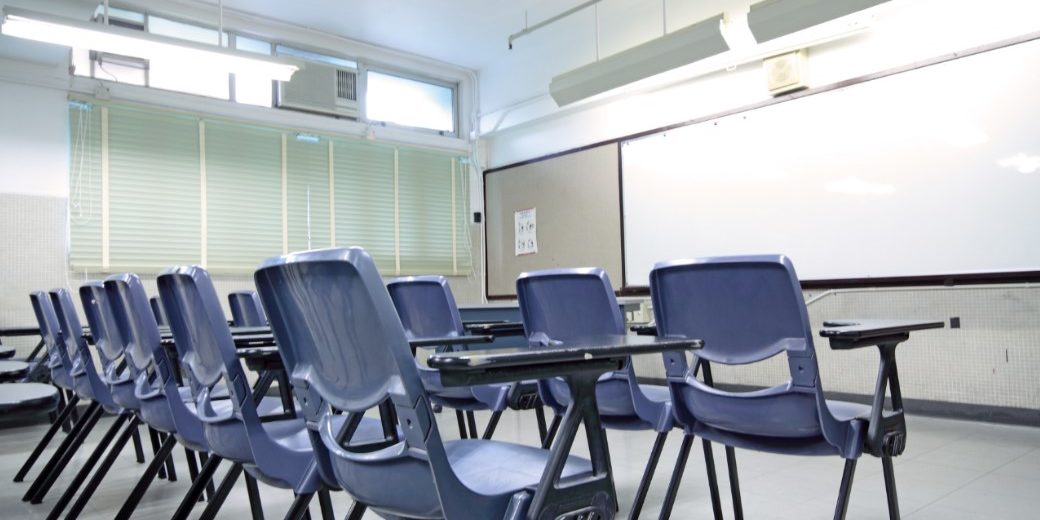Benefits of LED lighting in schools
Benefits of LED lighting in schools
You are probably aware that one of the main contributors to energy costs is lighting, but it may surprise you to hear that with a simple upgrade funded to LED Lighting you can eliminate up to 90% of those lighting costs and never buy or Replace another light. bulb or accessory for the next 10+ years! The benefits of LED lighting in schools can mean tens of thousands of dollars or pesos in savings, each year, by immediately improving energy efficiency. There are also health questions that arise when you really think about your existing fluorescent lighting. Did you know about those gas-filled pipes above your head? As seen on the surface of the sun, and full of dangerous material such as mercury, not to mention your student's exposure to UV light and visible radiation emitted by fluorescent light sources. When the human visual system transmits this poor spectrum of light, it must fill in the gaps to process the image. Students who learn in these poor lighting environments will often have difficulty concentrating. Some people may have a sensitivity to this light (scotopic sensitivity syndrome) and sometimes they can be misdiagnosed with dyslexia, learning problems and symptoms such as dizziness, headaches, and nausea caused by spikes/gaps at the exit of Fluorescent light.


Comments
Post a Comment